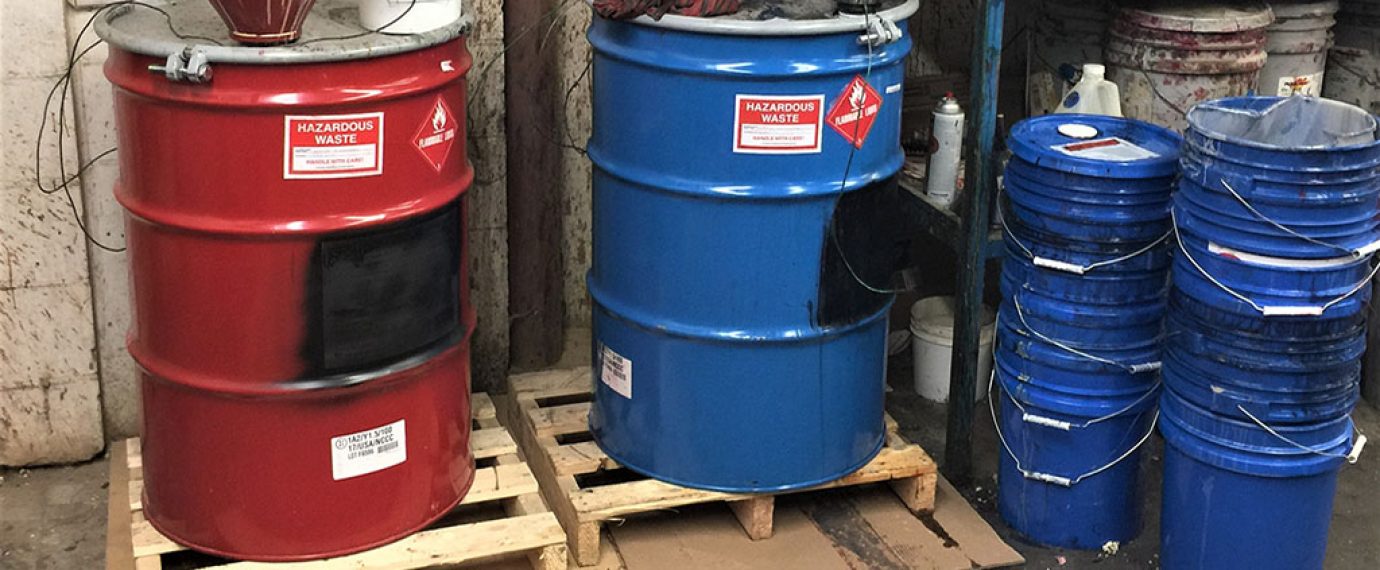HISTORY
In 2017, the US EPA finalized updates to the RCRA regulations, called the Hazardous Waste Generator Improvements Rule (GIR). The purpose of the update was to increase compliance within the hazardous waste generator community and allow some additional flexibility for managing hazardous waste. The overall impact of the rule change will lessen the regulatory burden for the majority of hazardous waste generators.
States with authorized hazardous waste programs will be required to adopt the more stringent provisions and have the option to choose if they want to adopt the less stringent or equally stringent provisions. Most states are moving forward with fully adopting the rule change.
Some of the changes serve to emphasize best practices already utilized while some changes are completely new requirements. Overall, the EPA has finalized over 60 changes to the hazardous waste regulations. This paper will review the most impactful new requirements.
MORE STRINGENT PROVISIONS
- SQG re-notification will be due every four years on September 1, beginning in 2021
- Labels on hazardous waste containers (including satellite accumulation containers) must identify the hazards of the waste. SQGs and LQGs must update their hazardous waste labels and may comply with other existing labeling requirements such as DOT, OSHA, or NFPA labels. The hazards must be identified with descriptive words, not just waste codes.
- LQGs must prepare a quick reference guide for their contingency plan and submit both the guide and plan to local emergency response agencies. LQGs must prepare the contingency plan quick reference guide when their plan is next updated or whenever they become an LQG. The quick reference guide must include:
- The names of hazardous wastes onsite and the hazards associated with each waste
- An estimate of the amount of hazardous waste present onsite
- Any hazardous wastes that would require unique or special treatment by medical personnel
- A map showing where hazardous waste is generated, accumulated and treated and routes to access the waste
- A street map to show access to the facility and surrounding area
- The location of the water supply
- Identification of onsite notification systems
- The names of the emergency coordinators and 24-hr phone numbers
LESS STRINGENT
- SQGs and VSQGs may have episodic generation events above their generation limits without having to comply with all the requirements of the greater generator size. This will allow for periodic or unexpected cleanups of hazardous waste.
- VSQGs may send their hazardous waste to an LQG under control of the same person for consolidation. The VSQG must label its containers with the words “hazardous waste” and an indication of the hazards of the waste. The LQG must submit a notification to the EPA and follow all other routine container management practices for waste received from a VSQG.
- LQGs may apply for a waiver from the local fire authority to store their ignitable or reactive hazardous waste within 15 meters of their property line
- Generators are allowed to keep satellite accumulation containers open when temporary venting of a container is necessary
EQUALLY STRINGENT
- Conditionally Exempt Small Quantity Generator (CESQG) changed to Very Small Quantity Generator (VSQG)
- Reorganization of the hazardous waste generator regulation publication order
STATE ADOPTION
Individually authorized states must adopt the generator improvements rule in order for the rules to be effective in that state. Until a facility’s state adopts the rules, these changes do not apply in that area.
Authorized states were given until July 1, 2018, to adopt the rule, or July 1, 2019, if a state law change is needed. As of May 2019, the generator improvements rule is effective in 21 states. It is expected that the majority of states that have not yet adopted the rules will not meet the July 1, 2019, deadline. While the implications of states not meeting the July 1 deadline are unclear, it is important to pay attention to changes happening in your facility’s state.
SUMMARY
While the goal of the generator improvements rule was to increase compliance and allow flexibility in following hazardous waste regulations, the changes may still be confusing. Be sure to understand your state requirements and watch for changes as the rules are adopted.



